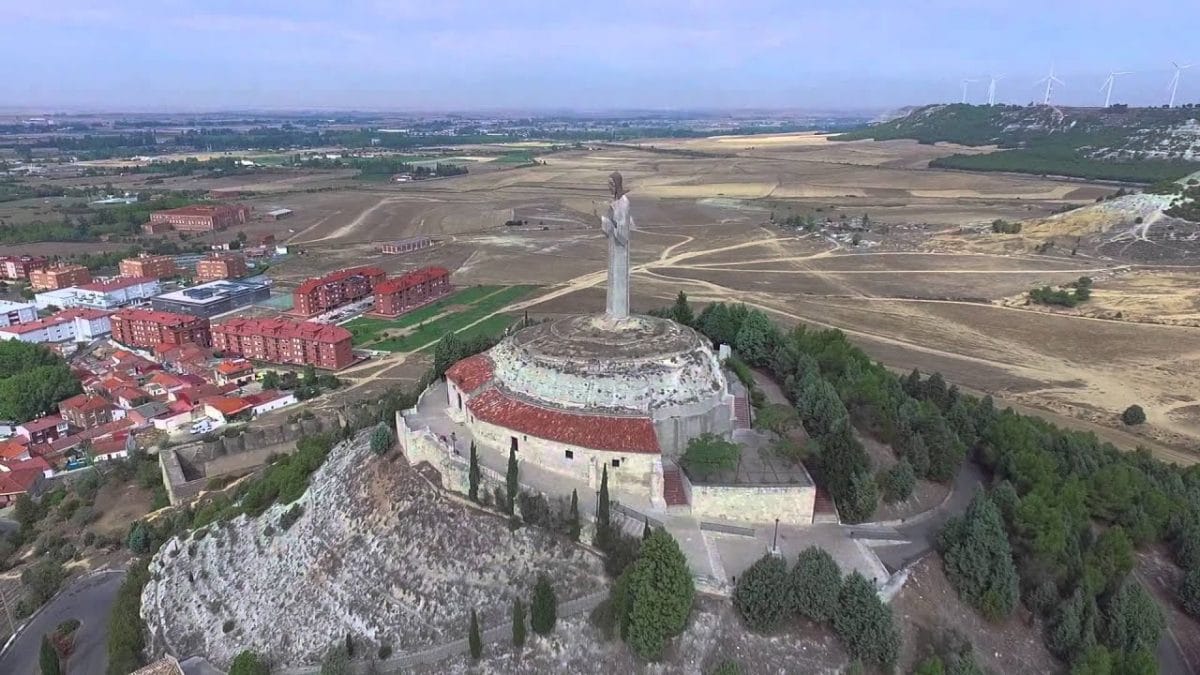
Palencia is a city located in Castilla y León, populated with about 80.000 inhabitants. It is therefore that we can speak of a small city, collected, clean, with many green areas, with a great gastronomy and a great variety of monumental areas. Mainly nothing is missing, it is a matter of taking a great two-day tour to visit all its charm.
While some Spanish towns are known worldwide as is the case of Barcelona, Madrid, Valencia or Ibiza, in the country there are others that, even having tourist interest, do not attract so much attention. This is the case of Palencia, the region richest in Romanesque monuments in Europe.
The capital is located within a valley crossed by its river Carrión, which runs through the city from north to south to finally flow into the Pisuerga river. Its entire province is an authentic paradise, close to the capital there is no shortage of its villages located in the plain of Tierra de Campos with the best night skies and unforgettable sunsets.
With its air of a typically Castilian city, Palencia is located on the banks of the Carrión River in northern Spain. It is not a very large population compared to other areas of Castilla y León, but with the passage of time it has grown to become a quiet and beautiful place to make a small getaway to enjoy a few days of rest between nature and culture. What to see in Palencia?
For a first contact, the best way to get to know Palencia is to go to the capital because this Castilian city, as a link between the center of the peninsula and the northern ports, has a lot of history and holds many treasures.
Main Street
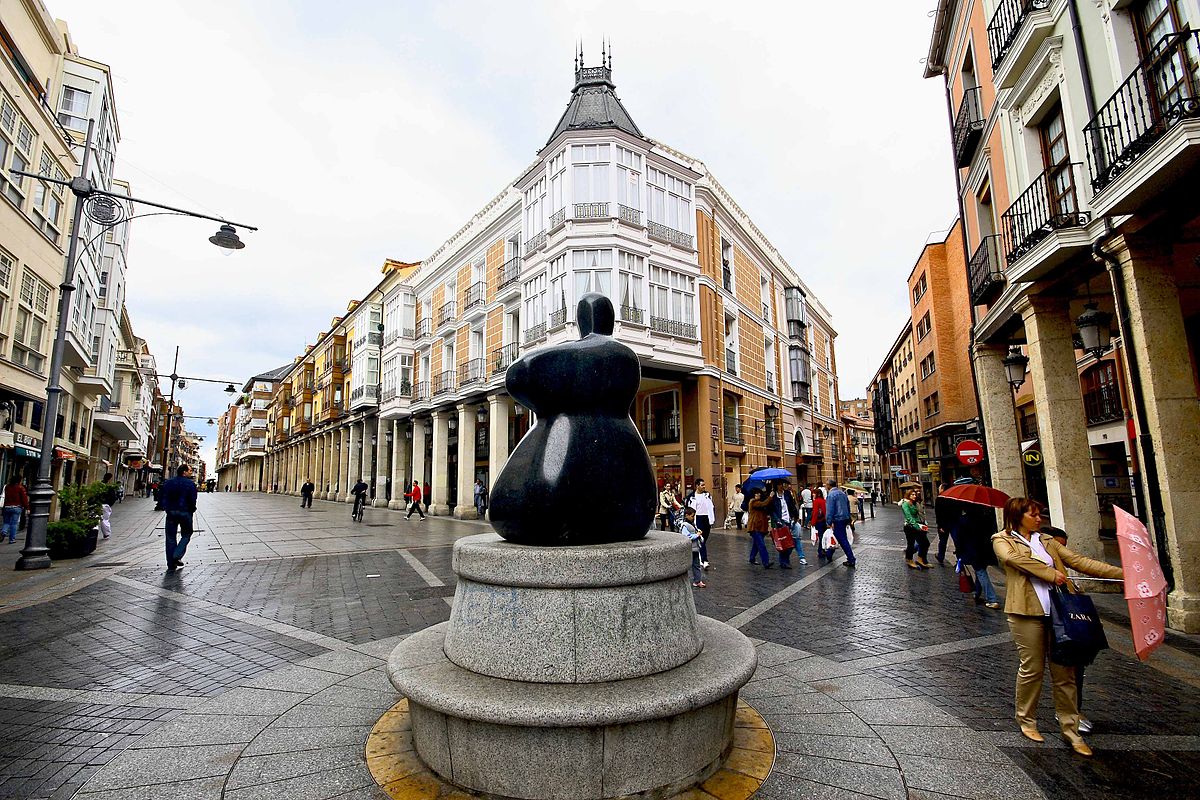
Photo taken by Wikipedia
We will start the visit on Calle Mayor, the main artery of Palencia around which the main commercial activity of the town is established. It is completely pedestrianized and three-quarters of this road is porticoed to support the balconies of the most sought-after homes in the city.
It has a large monumental complex, worth visiting for all lovers of ancient architecture and Romanesque works. We can visit its old town declared of Asset of Cultural Interest, with a guided tour starting from the northern part of the city and crossing its main artery which is Calle Mayor, which leads to all the important visits of the city.
Most of the civil monuments of Palencia are located on Calle Mayor, after all it is three kilometers long, and halfway there is the Plaza Mayor, which dates back to the XNUMXth century. and presents the classic Castilian rectangular plan with arcades. The market used to be located there until at the end of the XNUMXth century it was moved to the new food market.
At this point we also find the Town Hall, a neoclassical building from the late nineteenth century in which you can see a mural by the local artist Germán Calvo that represents the people of Palencia and the city allegorically.
Advancing along the Calle Mayor we reach Los Cuatro Cantones, one of the busiest places in Palencia located in the perfect square that marks the intersection of Calle Mayor with the streets of La Cestilla and Don Sancho. On its route you can see sculptures such as La Castañera (near the Plaza Mayor) and that of the Palentina Woman (at the intersection with Calle Marqués de Albaida).
In the southern part of this street, your path will lead to a large park called "The park of the Hall of Isabel II". It is a pedestrian area and equally busy with a route for its romantic style, with children's areas and a large area of modern and trendy bars. It is an ideal place to spend a quiet afternoon and enjoy the leisure of its facilities, since it has a large playground with a small pond and open terraces to accommodate throughout the year.
The Cathedral
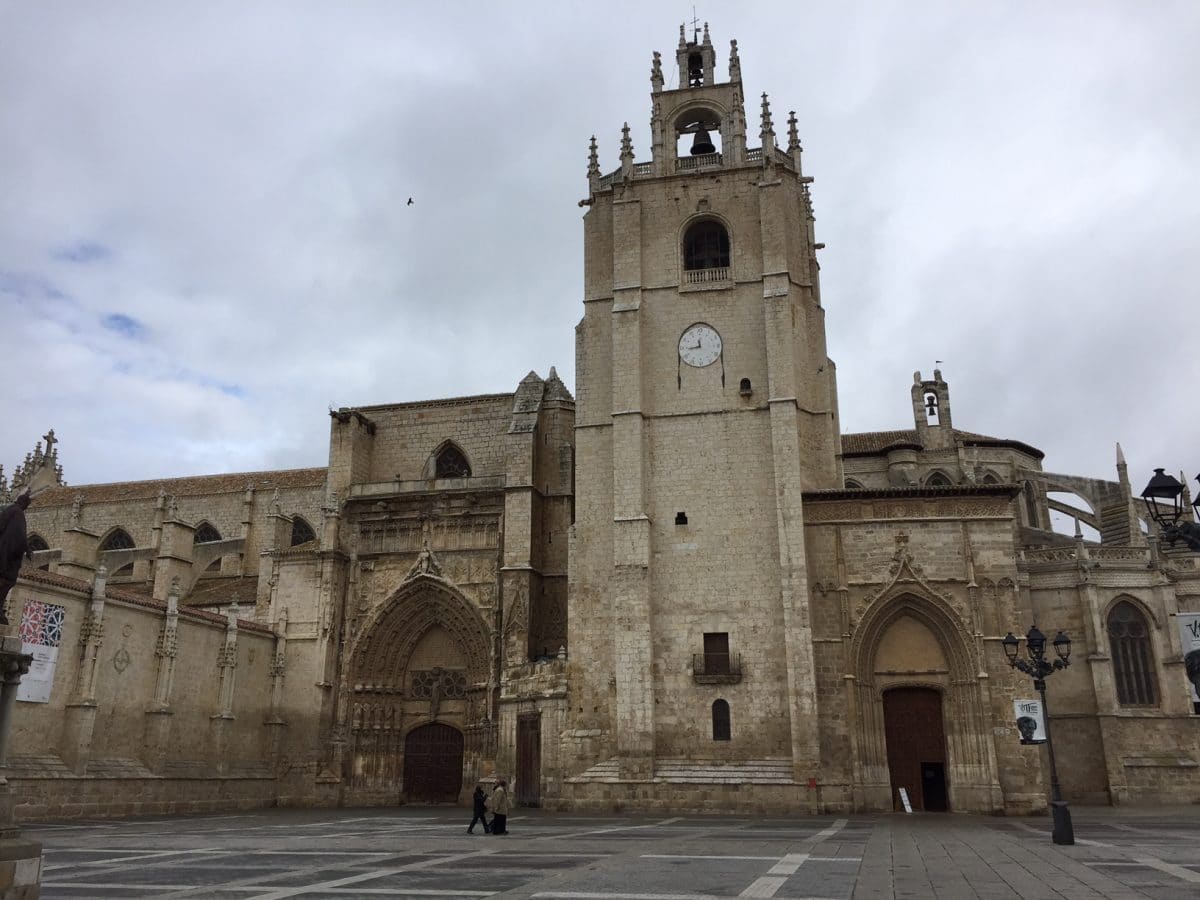
Photo taken by lalineadelhorizonte.com
The best thing is to continue walking to reach the Cathedral, dedicated to San Antolín Mártir, patron of Palencia. Its origin is found in previous temples of the Visigothic and Romanesque times to reach the current Gothic. The Cathedral dates from the XNUMXth century but was not finished until two centuries later.
It does not have a majestic Gothic façade but once we visit its interior we can find a great artistic and decorative wealth with its beautiful stained glass windows and an invaluable Plateresque altarpiece.
It is known by the nickname of "the unknown beauty" because its not very monumental façade does not allow one to imagine everything that it hides inside. It is one of the largest cathedrals in Spain with 50 meters wide and 130 meters long, three naves, two transept and an apse that is about 30 meters high.
Behind its doors we can see some works by such important artists as El Greco or Zurbarán and an impressive Plateresque altarpiece in the Capilla Mayor de Juan de Flandes. To enter the Cathedral Museum you have to pay a separate entrance.
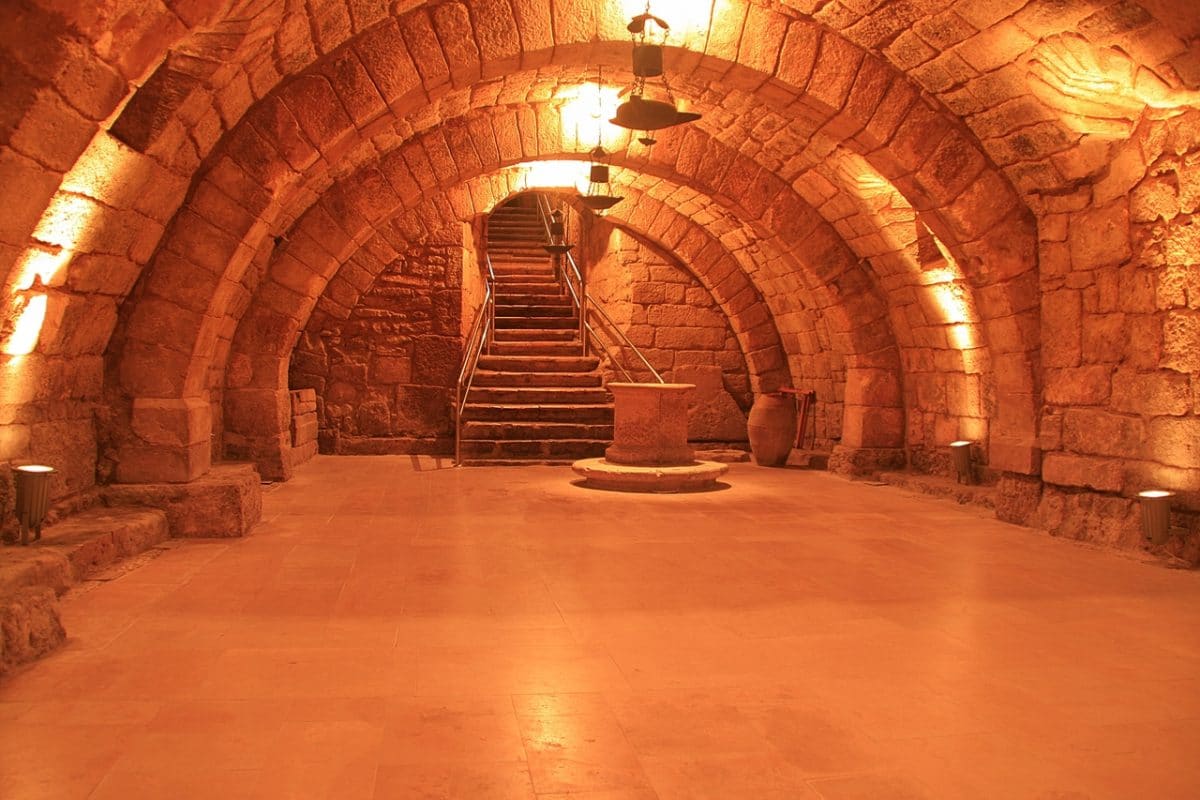
A visit to the XNUMXth century Crypt of San Antolín is also recommended, where you can see the Visigoth remains on which the current Cathedral stands. We can glimpse in its journey the decorative part of its gargoyles and analyze the beauty of the painted and sculpted works of great artists such as El Greco or Pedro Berruguete.
This temple was declared a National Historic-Artistic Monument in 1929.
Main monumental churches
Within its monumental route within the city there are numerous churches that we can visit, since Palencia it is a very ecclesiastical city. We will cite the most important as they are numerous, although all worthy of a great Romanesque and Gothic value.
The Jesuit Church of Our Lady of the Street, It is located in a central area and in it we can find the portrait of the Virgin of the Street or the Virgin of Miracles. It is popularly known as our Patron, Since February 2 is celebrated on the day of the Candles due to its commemoration.
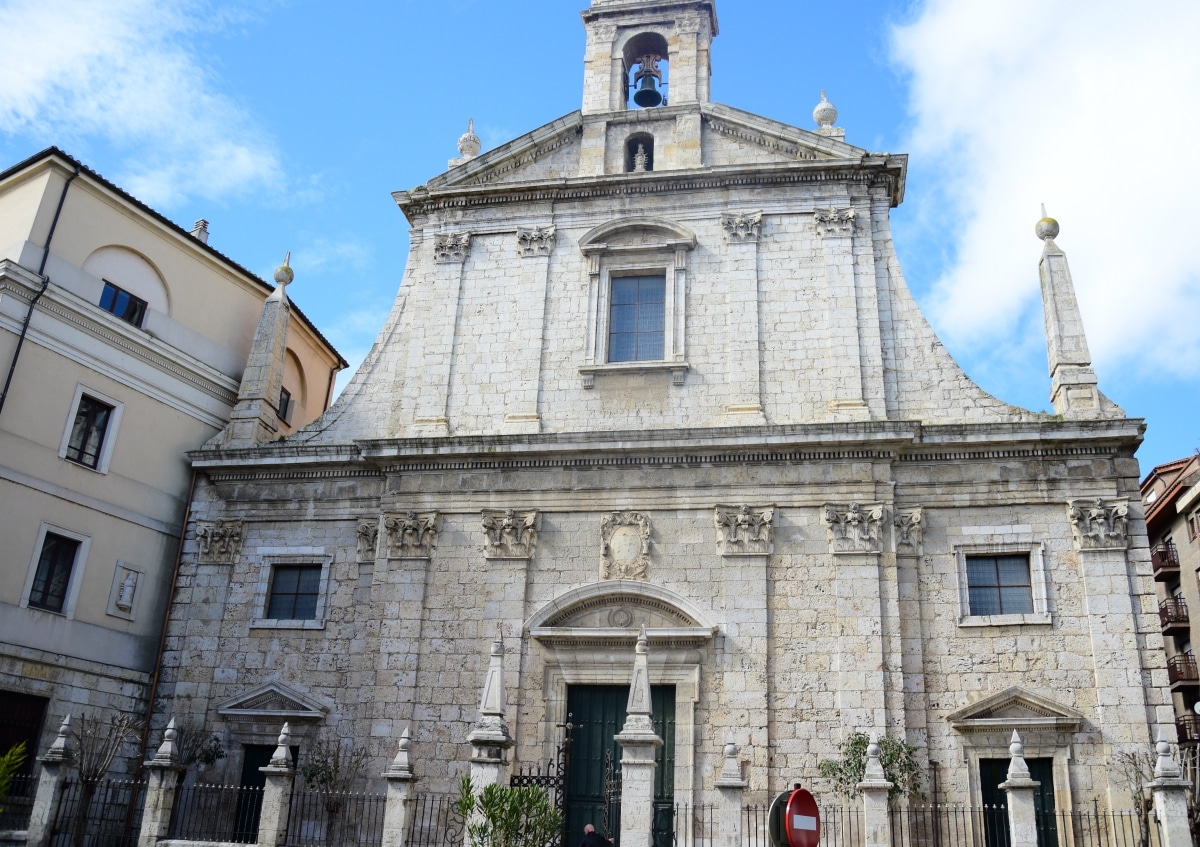
The Church of San Miguel it is one of the most emblematic and beautiful. You can appreciate your mixed style in the transition between Romanesque and Gothic. It stands out for its majestic tower with its great bell tower. It is popularly known for the traditional wedding celebrated between Don Rodrigo Díaz de Vivar and Doña Jimena.
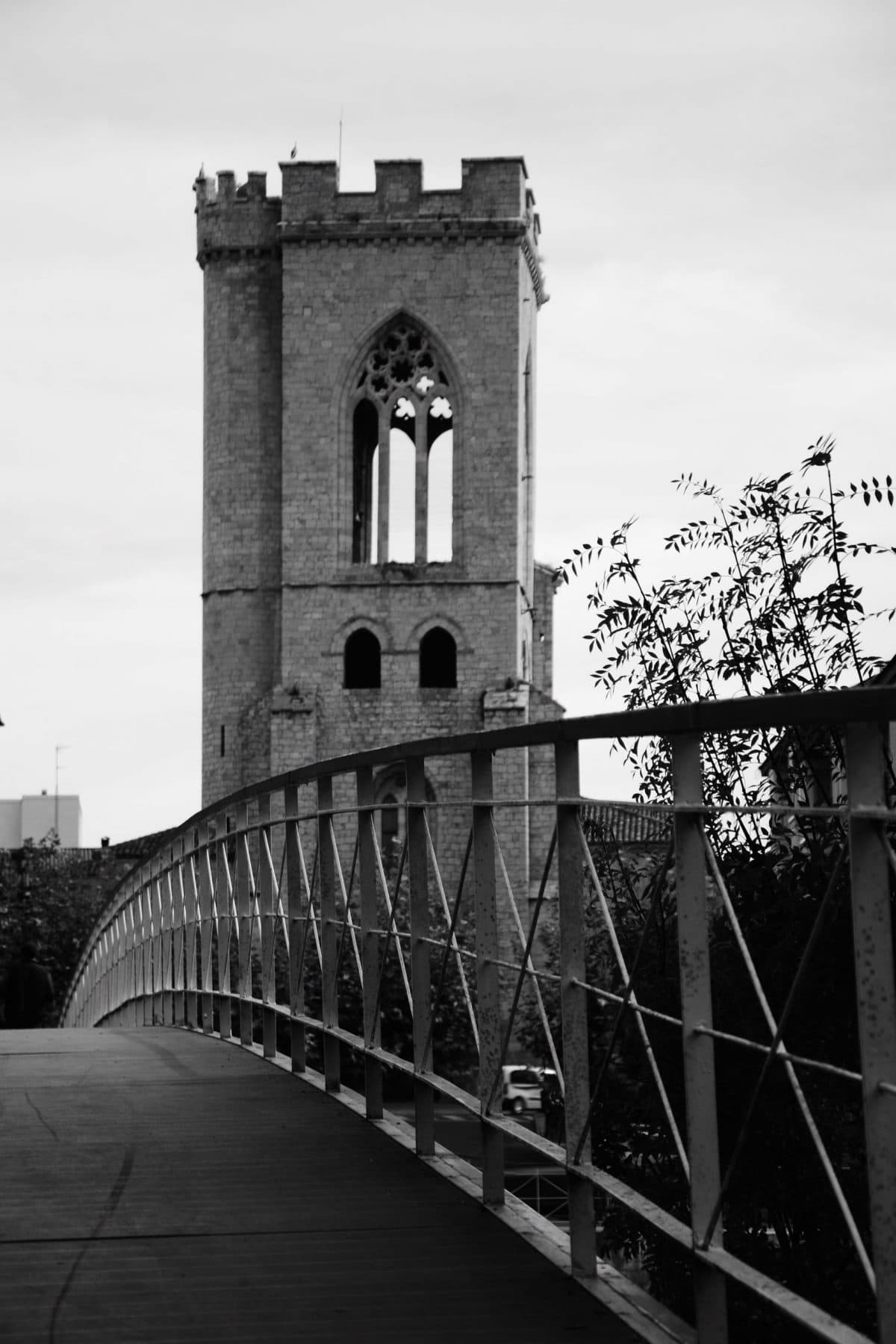
Photo: Alicia Tomero
The Convent of Santa Clara It houses another of the churches of Gothic style, the only one with a Greek cross plan. Inside its church it houses one of the most important figures of this visit and that is the Reclining Christ or also known as Christ of the Good Death. It is particularly known for its growth of nails and hair. and to join the Sinister Christs of Spain, all of them surrounded by legends and miracles.
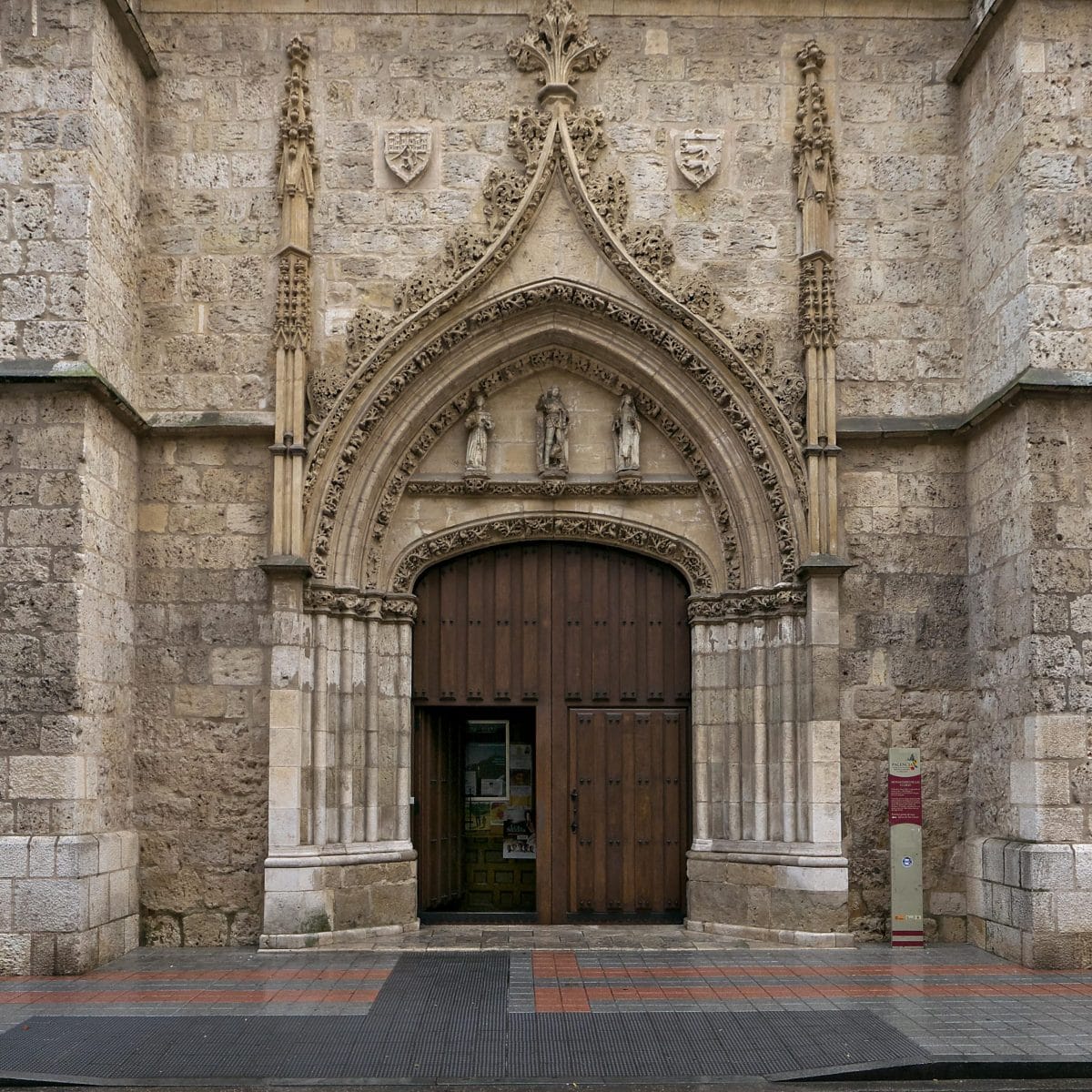
Photograph taken by Portadamapio.net
The Church of San Lazaro It is another of the churches located very close to the convent of Las Claras. Houses a very majestic altarpiece in plateresque style and it is guarded at its entrance by a bronze statue that represents the figure of Lazarus.
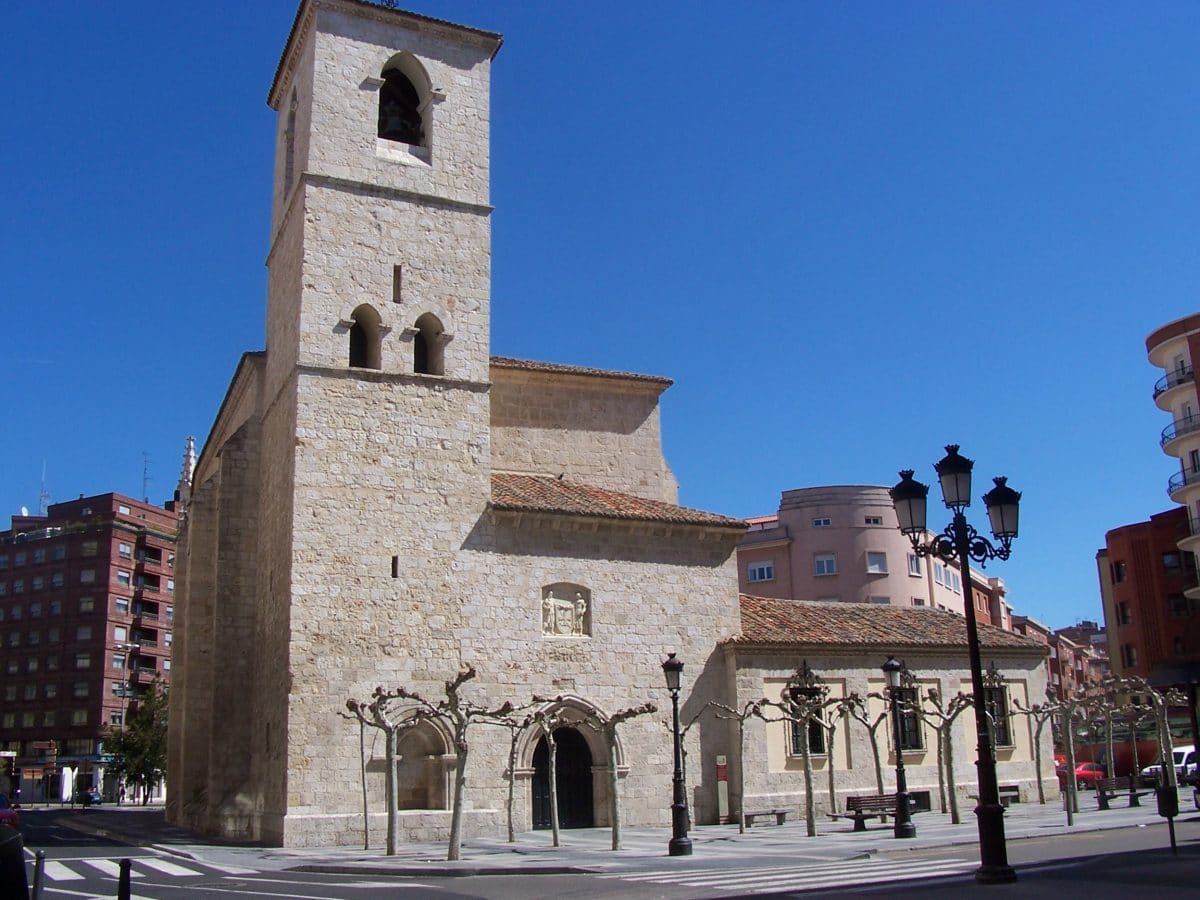
Photograph taken by Wikipedia
The Church of San Francisco It is another very central Church located next to the Plaza Mayor. It was founded by the Franciscans in the XNUMXth century and It served as the residence of kings. It has the peculiarity of having next the Church of Solitude, famous for containing the image of the Virgin of Solitude, much visited and venerated in the Holy Week of Palencia.
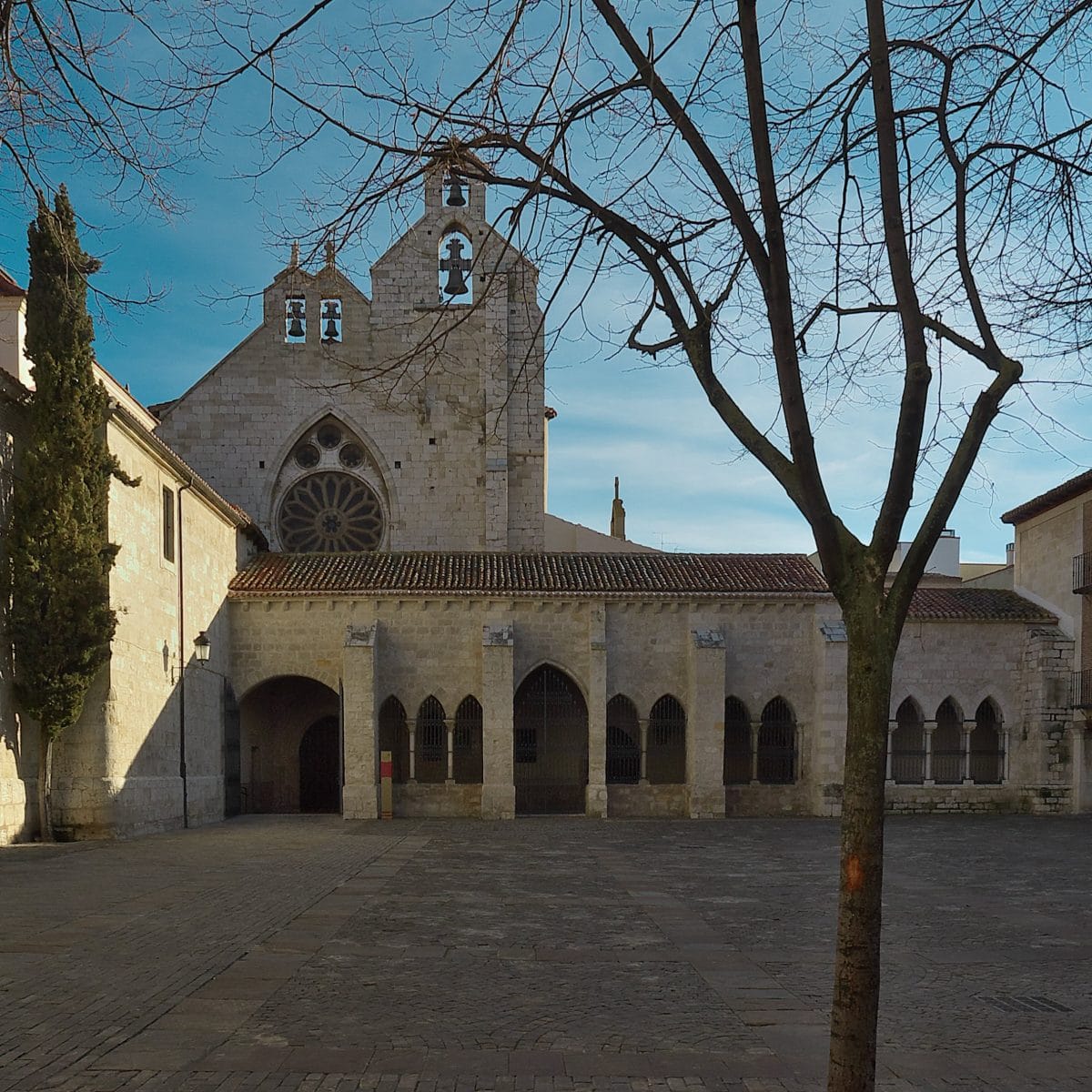
Bridges of Palencia
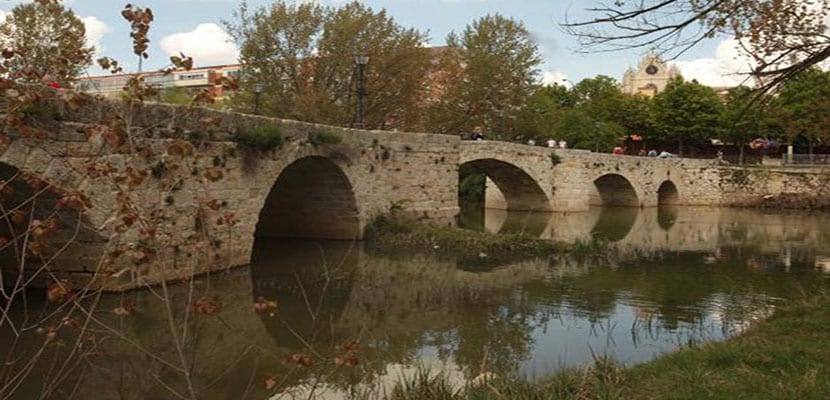
Image | Repsol Guide
There are several bridges that cross the Carrión River, some of which are very close to the church of San Miguel, so it is a good opportunity to see them. The closest is a footbridge that connects with the Isla Dos Aguas Park but we also find the Puente Mayor, whose origin dates back to the XNUMXth century. However, the oldest is that of Puentecillas since it dates back to Roman times.
Monasteries and Convents
Back in the historic center of Palencia we will visit the Monastery of Santa Clara, very close to the Plaza Mayor, which houses the famous Christ of the Good Death, of hyper-realistic invoice.. Other of the most interesting religious buildings in Palencia are the Convent of San Pablo or the Hermitage of San Juan Bautista, from the XNUMXth and XNUMXth centuries respectively.
Christ of Otero
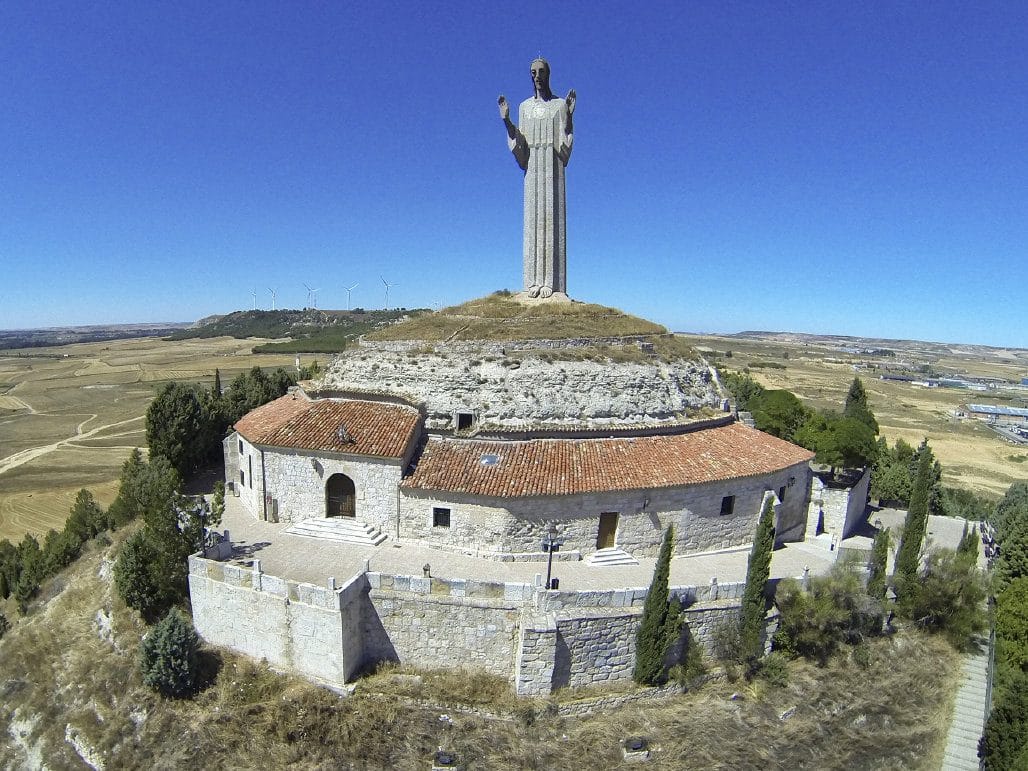
Photograph taken by clickturismo.es
One of the essentials to see in Palencia. It is an icon of this magnificent city and is located on a hill. It concludes in a strategic place that crowns one of the parts of the city, so that it can be seen from practically anywhere in the city. Without a doubt talking about this point means that if you visit it, you can also enjoy one of the best views in town.
The Christ of the Otero It is a sculpture by the artist Victorio Macho. It is around 20 meters high and represents Jesus Christ with a sculpted shape in which his hands are in a position to bless the city.
Under your feet you will find excavated the hermitage of Santo Toribio where the sculptor's remains rest. It is made up of a neoclassical main altarpiece with a Renaissance crucifix and to one side we can visit a small museum of the artist.
On its slope we can find another small hermitage where it is celebrated every year the strip of bread and cheese, declared of Regional Tourist Interest and which is one of the most important festivals in the city.
The Archaeological Museum
To conclude the visit to Palencia, it is convenient to go to the Archaeological Museum to learn about the prehistory, Romanization, Celtiberian culture and medieval times of the city. It will allow us to know in detail the rich history of this Castilian-Leonese town.
Its gastronomic part
Undoubtedly we could not ignore this section, and it is that in Palencia we can find innumerable restaurants that represent the typical dishes of the province.
We can take a walk around the Soldiers Street and find various cataloged restaurants with very good gastronomy. Within this diversity is located the La Mejillonera tapas bar where you can eat the best patatas bravas in "Spain", of course you cannot leave Palencia without visiting it.
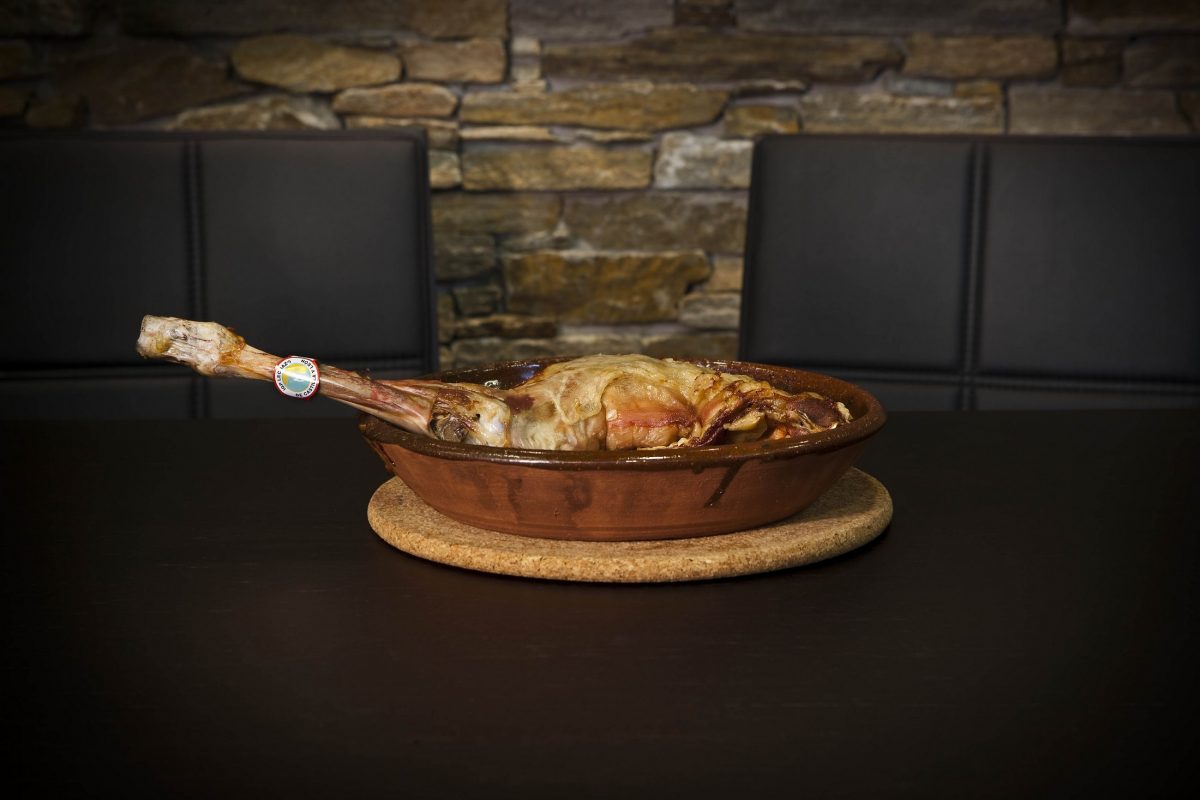
Image from rutadelvinoriberadelduero.es
Taking another turn through the central part we can locate ourselves on Don Sancho street and go to the Lucio House. This place is another benchmark for the best of good food, accompanied by several bars where you can have some good tapas.
And we cannot leave out one of the restaurants where to eat one of the best lambs. It is located in the La Encina restaurant on Calle Casañé or enjoy a good modern and quality food at side of the Puente Mayor called La Traserilla.
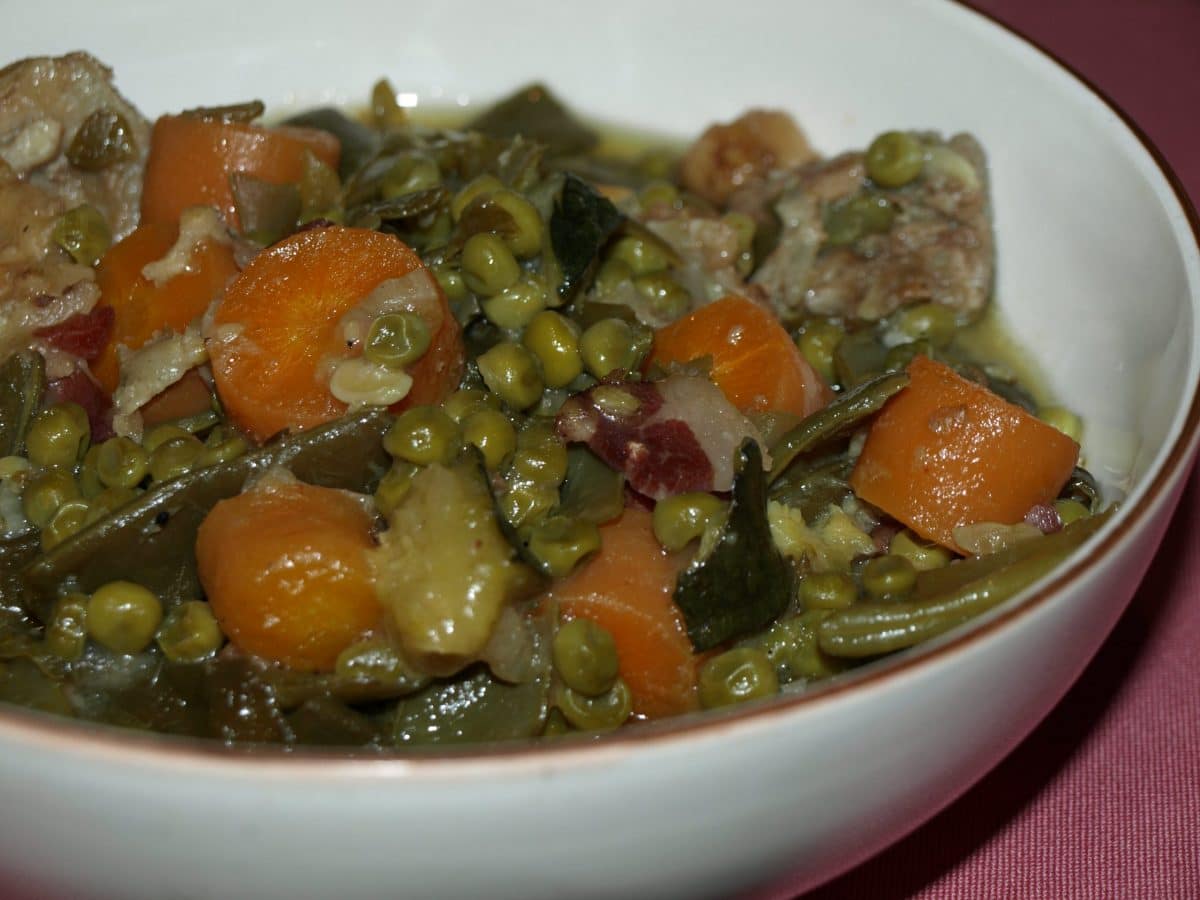
Moving to another place already mentioned, which is the El Salón park area, we can find Lorenzo's Kid. A place where they continue to offer one of the best palencia stews. Without leaving aside all this part, we find ourselves in the same place with large terraces to take a break and with great and modern bars. Here we can drink from the best gin and tonics or even the best beers with some great tapas, among them Castilian garlic soups.
If what interests you is to know 12 things you can do in Palencia click on the link that we just left you.